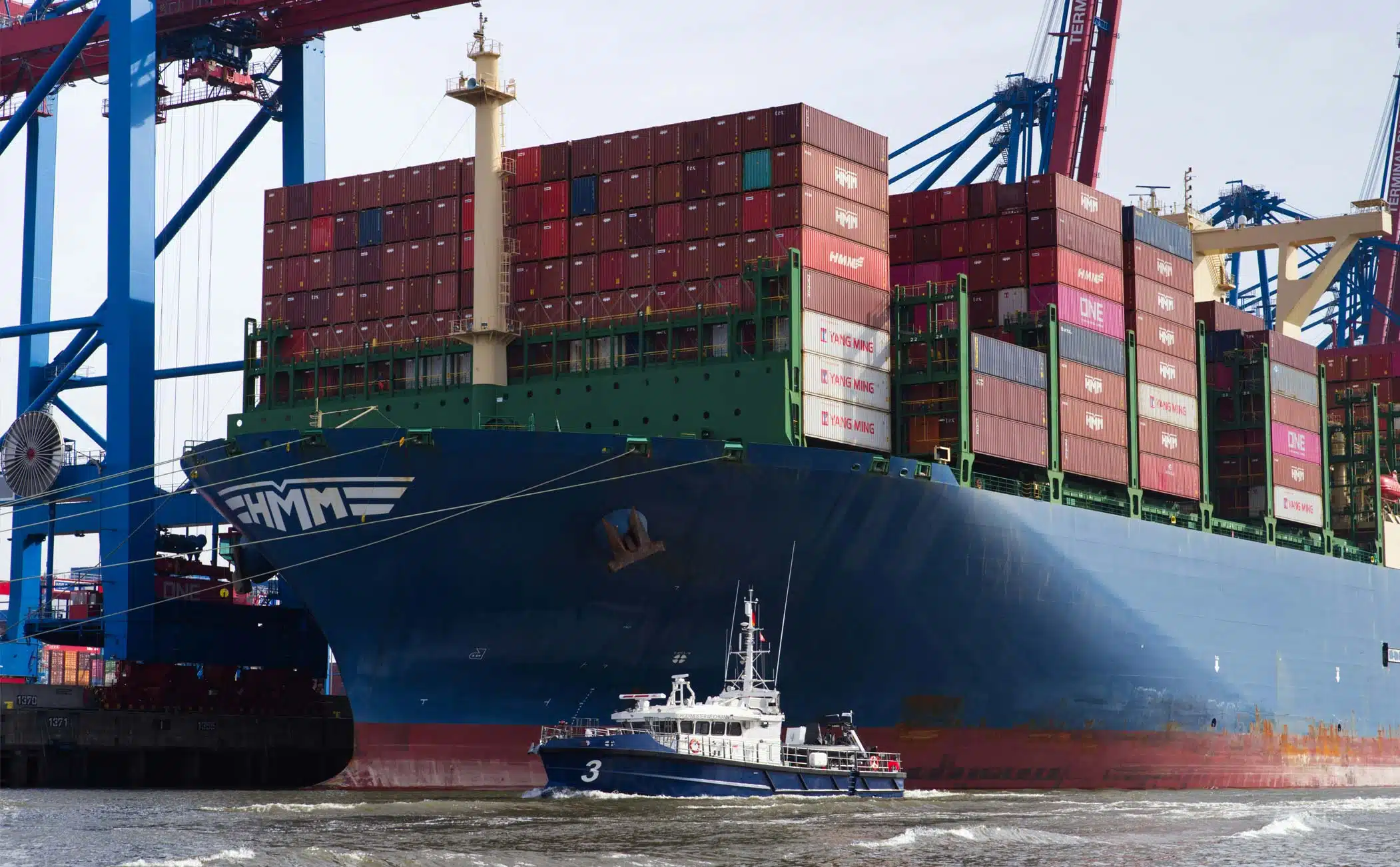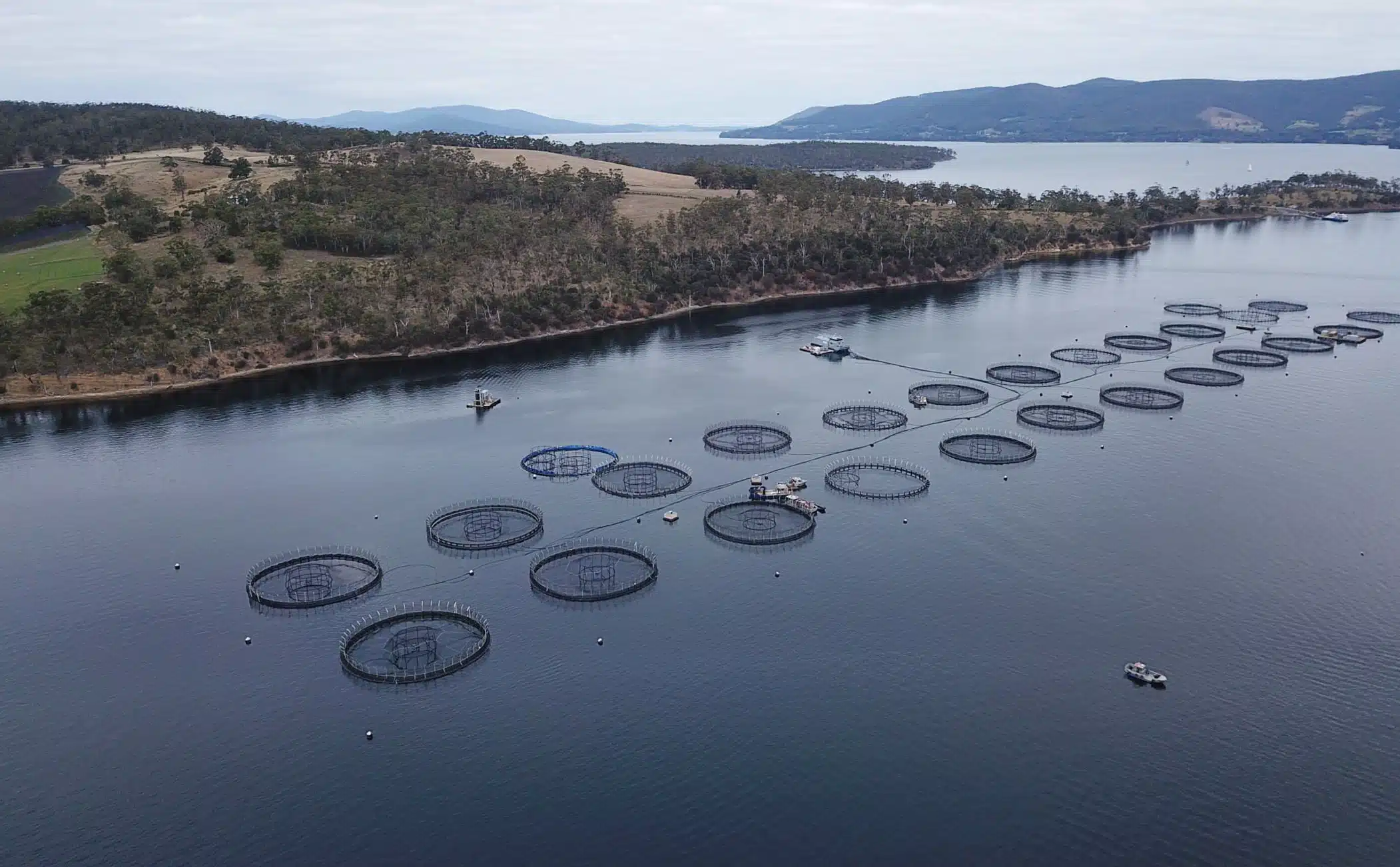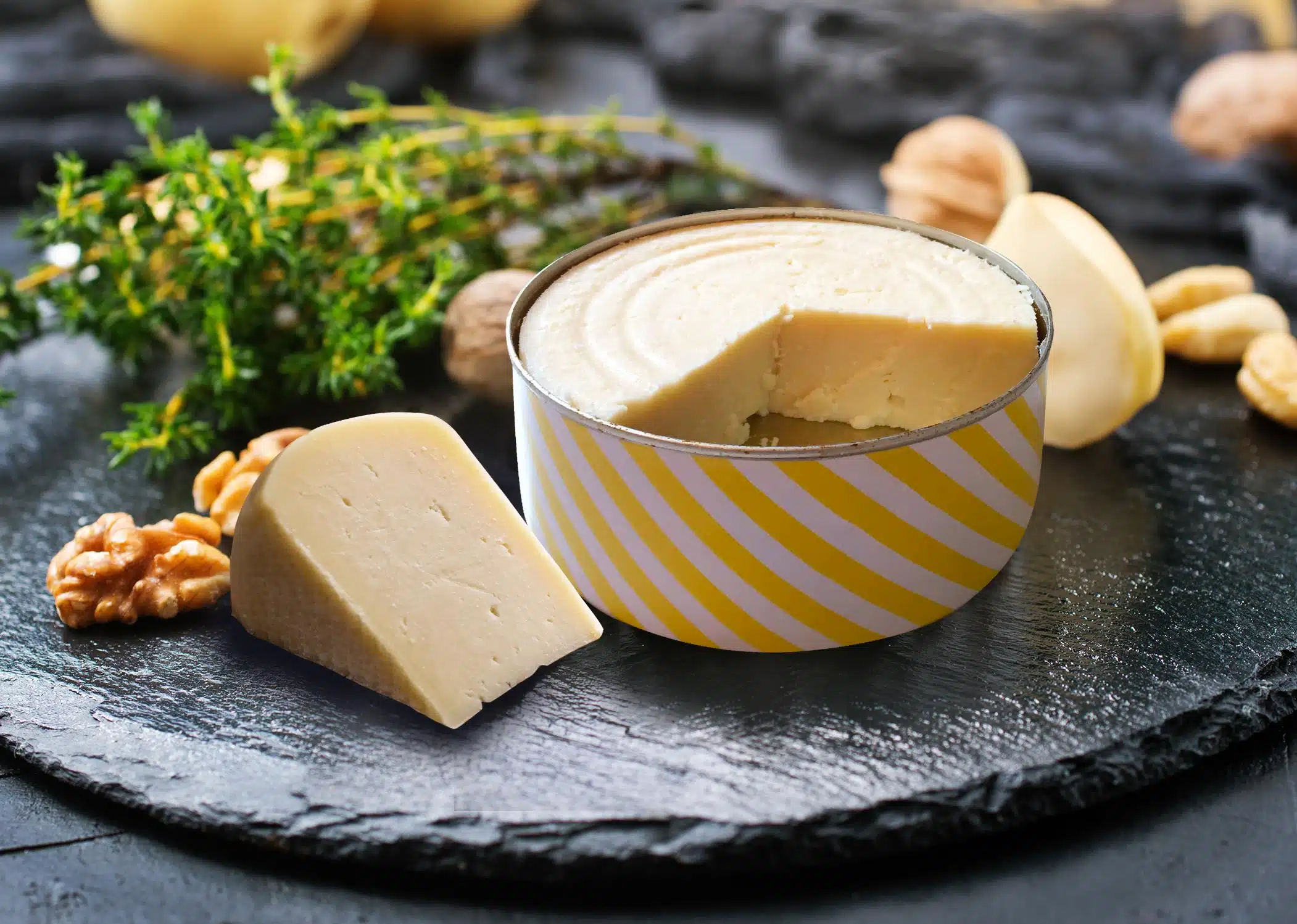As an important commodity in the agriculture industry, the price of cattle in Australia has a significant impact on the country’s economy. Cattle prices are affected by various factors, including global market trends, climate conditions, and consumer demand. The global pandemic in particular had quite a significant impact on the industry, and in turn Australian cattle prices in the last few years. In this article, we will take a closer look at Australian cattle prices in 2023 and explore some of the key factors that are influencing them.
Australian Cattle Breeds
Australia is home to several cattle breeds, each with unique characteristics and traits. Some of the most common breeds in Australia include:
Angus
Angus cattle are known for their high-quality meat and excellent marbling. This means that you tend to see a lot of the highly sought-after wagyu beef from this breed, which is extremely popular in Asian exports, and gaining popularity at home in Australia too. Angus cattle are black in colour and are one of the most popular beef breeds in Australia.
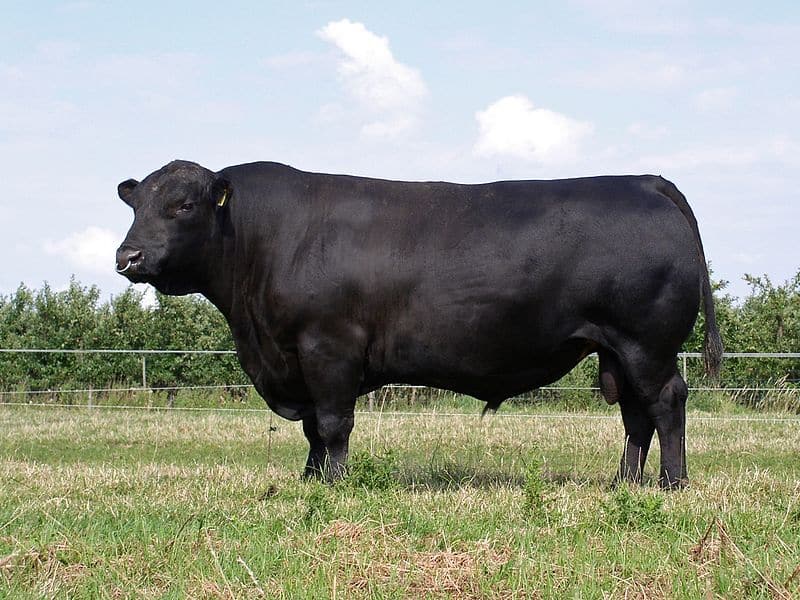
Hereford
Hereford cattle are another popular beef breed in Australia. They are typically red with white faces and are known for their hardiness and adaptability to different climates.
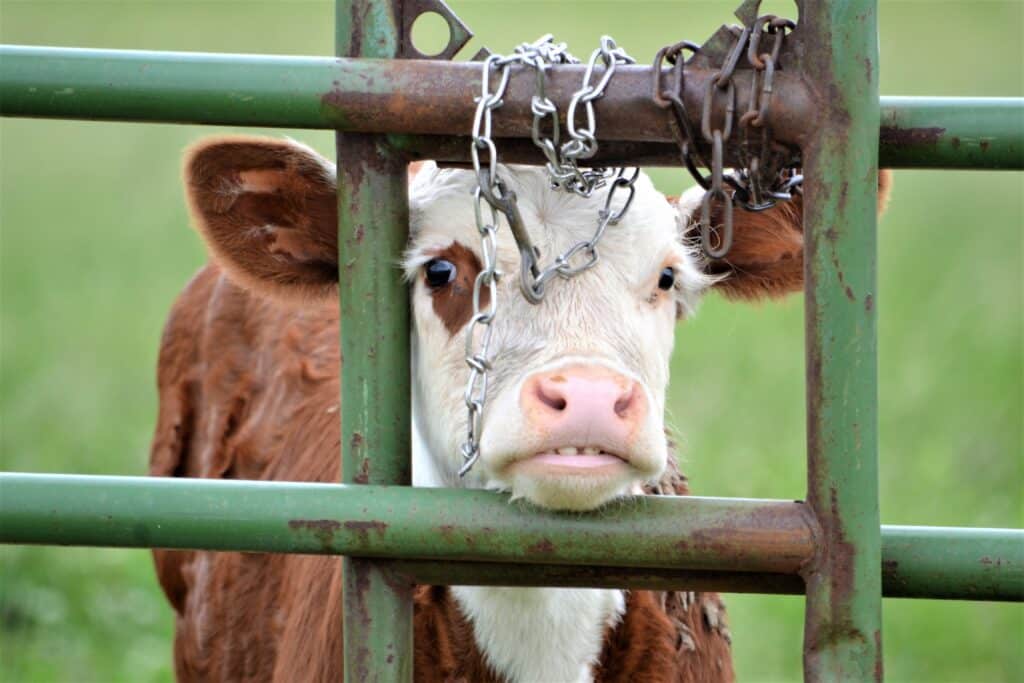
Brahman
Brahman cattle are a hardy breed that are well-suited to hot and humid climates. They are commonly used for beef and dairy production.
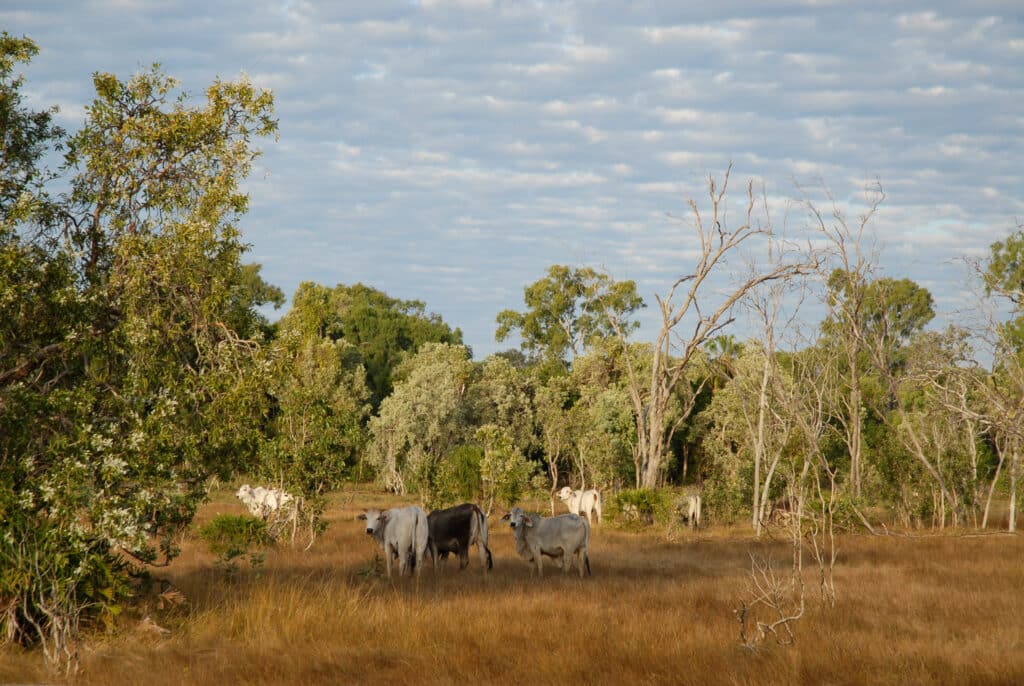
Charolais
Charolais cattle are a French breed that are known for their large size and fast growth rates. They are typically used for beef production and are popular in Australia due to their adaptability to different environments.
These are just a few of the many cattle breeds found in Australia. The breed of cattle can have a significant impact on the price of meat, with certain breeds commanding higher prices due to their desirable characteristics.
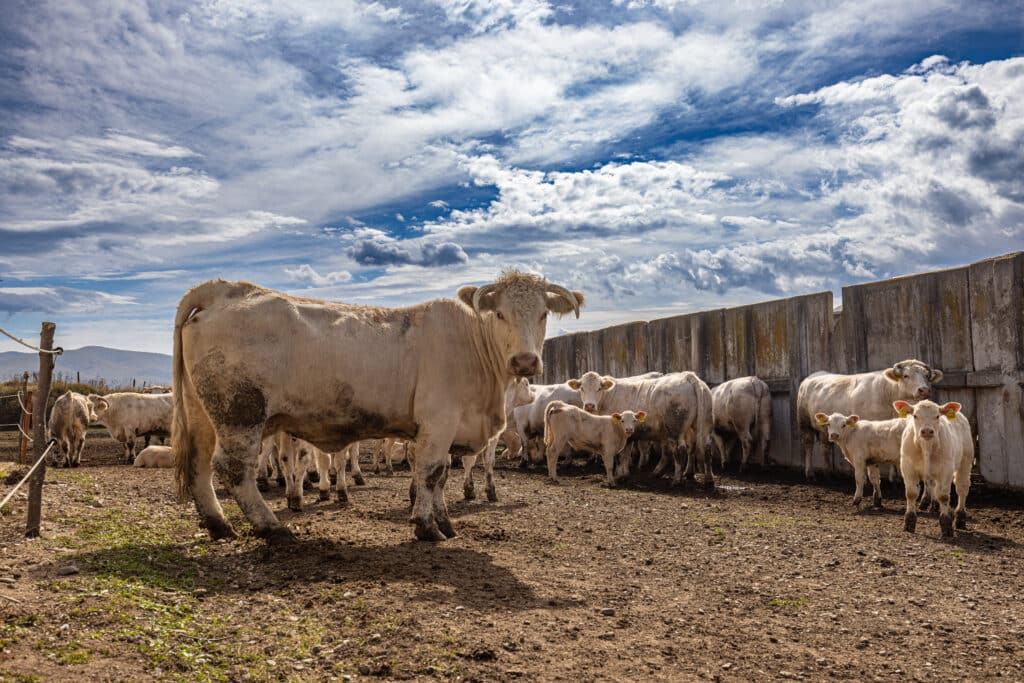
Climate Conditions
Climate conditions are a major factor that can impact Australian cattle prices. Drought, in particular, can have a devastating effect on the cattle industry as it can lead to a lack of pasture and water for the animals. This can result in a drop in the number of cattle being bred and an increase in the cost of feed, both of which can drive up the price of meat.
Consumer Demand
Consumer demand is another important factor that influences Australian cattle prices. In recent years, there has been a growing trend towards organic and grass-fed beef, with consumers increasingly interested in the source and quality of the meat they consume. This has led to a rise in the price of grass-fed beef, as well as an increase in demand for organic and ethically-sourced meat.
Australian cattle prices are influenced by a range of factors, including market trends, climate conditions, and consumer demand. Understanding these factors can help farmers and ranchers make informed decisions about their breeding and feeding practices, as well as help consumers better understand the price fluctuations of their favourite cuts of meat.
Market Trends and The Pandemic
Global market trends are another important factor that influences Australian cattle prices. Before the pandemic, there was an increasing demand for high-quality beef in Asia, particularly in China. This led to a rise in Australian beef exports to China, which in turn drove up the price of cattle in Australia.
The COVID-19 pandemic had a significant impact on the livestock market, resulting in a fluctuation of prices. Initially, the closure of restaurants and the expected decrease in meat demand caused prices to weaken. However, this trend was quickly reversed when abattoirs shut down due to the spread of the virus, resulting in limited supplies of meat. This led to a significant increase in the prices of beef, which traded up to 2,000% higher.
Although prices have since normalised, there is currently an uneven supply of cattle in the industry. With the reopening of restaurants, a surge in demand may cause extreme price volatility. As a result, the livestock market is likely to experience continued fluctuations in the near future. As we move forward into 2023, it will be interesting to see how these factors continue to impact the Australian cattle industry and the prices of meat in the country. Cattle herd sizes are larger than they have been in years, so hopefully the demand will keep up with the growth in numbers

